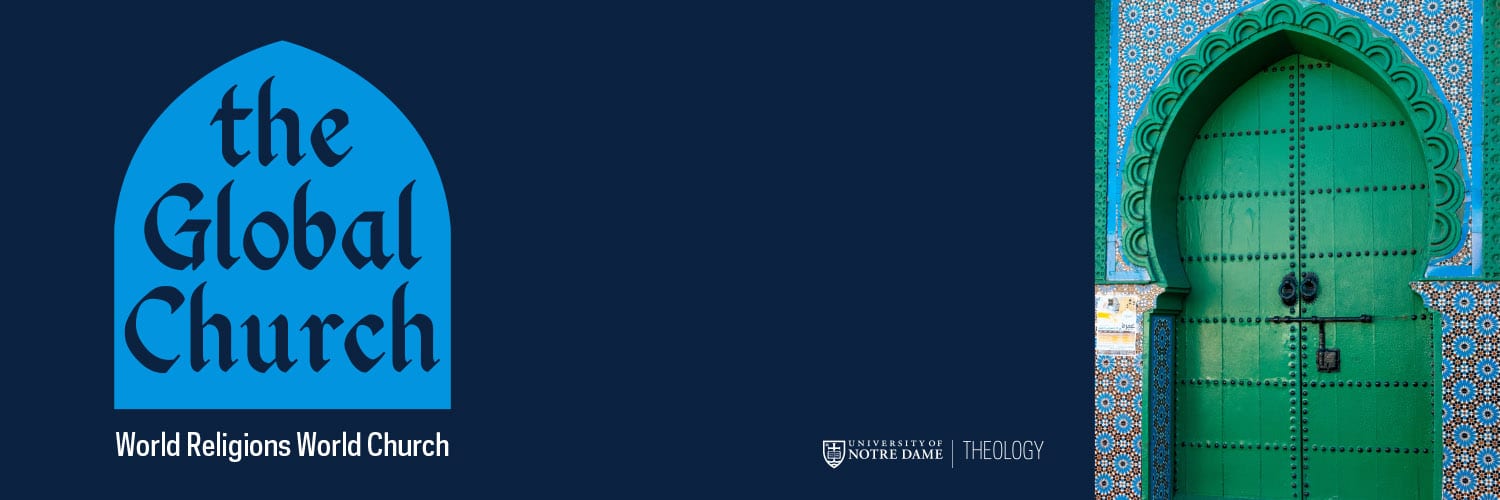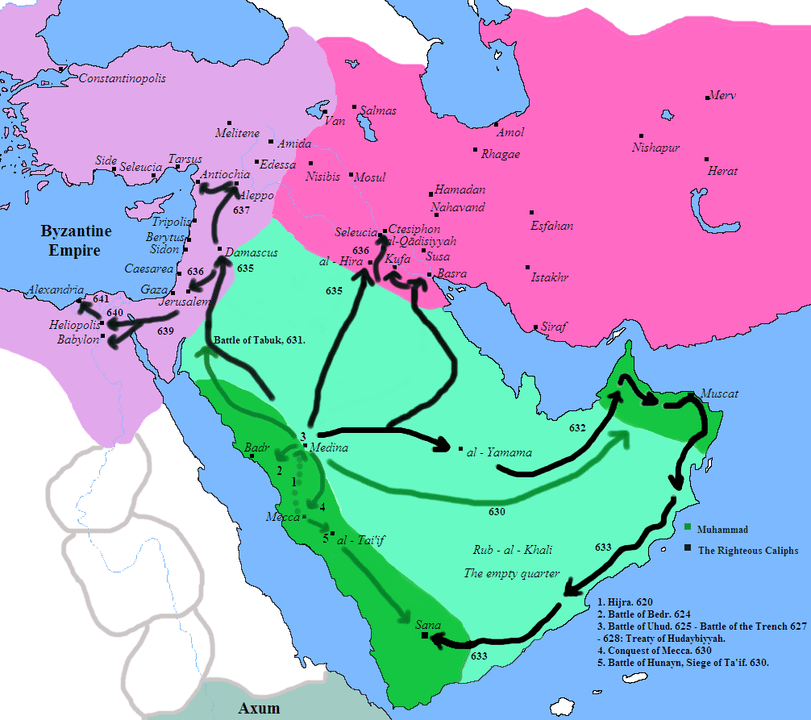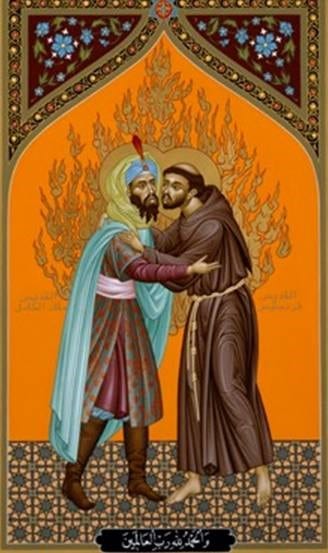The Church and Islam through the Centuries

What are the high points and low points of the relationship between Islam and Christianity through the centuries? What do the Qur’an and the hadith (Muhammad’s sayings and deeds) teach about Christians, and how have Christians responded to the expansions of Islam? In this part of our course, we examine the relationship between Muslims and Christians “on the ground” and think together about how we can learn from the past.
First Encounters
Presented by Gabriel Reynolds
The Qur’an and the hadith speak of Christians as “people of Book” but also invite them to convert to Islam. How did the first Christians respond to the challenge of Islam to Christian faith?
Letter for Week 2
Presented by Gabriel Reynolds
This is an exciting week before us for our mini-course “The Church and Islam.” In week one we developed a foundation for our study of Muslim-Christian relations with our exploration of the Qur’an and the Bible. We discovered some of the terms, characters, and stories common to both scriptures, and we looked at the different role that each scripture plays for its community of faith. This week we turn to the ways in which these communities have interacted with each other through the centuries, from the rise of Islam to the present day.

Muhammad’s movement made very clear claims about the role of Islam in the world. Qur’an 3:85 declares, “Whoever seeks other than Islam as a religion, it will not be accepted from him,” and the first Muslims spread the sphere of Islam far and wide in a series of enormously successful conquests. The fate of Christians and Jews in the new Islamic empire is a complicated story. As a rule they were tolerated and free to practice their religion, but they also faced certain restrictions as dhimmīs, or non-Muslim subjects, and were occasionally subject to violence.

Still there are glimmers of hope to be found in the history of Muslim-Christian relations (our third video focuses precisely on this point). Some Muslim scholars argued that Christians could be saved by God without converting to Islam, and some Christians — most famously Saint Francis — sought to engage in peaceful dialogue with Islam. In our own day Pope Francis and Ahmed el-Tayeb (head of al-Azhar in Egypt) have together signed the “Document on Human Fraternity” manifesting friendship between Muslims and Christians.
Before you begin with the videos, and before our live session this week, I would encourage you to read this article and to listen to this episode of Minding Scripture, the podcast of the World Religions World Church program at Notre Dame.
As we continue our journey of learning together I wonder if we might seek to cultivate clear thinking and a charitable disposition. We do not want to minimize the history of conflict between Muslims and Christians in the past, but we also might look to the future with hope. The document Nostra Aetate from Vatican II urges us “to forget the past and to work sincerely for mutual understanding and to preserve as well as to promote together for the benefit of all mankind social justice and moral welfare, as well as peace and freedom.”
Christians in the Islamic World
Presented by Gabriel Reynolds
What rights and restrictions does Islam offer to Christians and other non-Muslims? What is the historical experience of Christians in the Islamic world?
View the Event
Presented by Gabriel Reynolds
Subscribe to the ThinkND podcast on Apple, Spotify, or Google.
Featured Speakers:
- Gabriel Said Reynolds, Jerome J. Crowley and Rosaleen G. Crowley Professor of Islamic Studies and Theology, University of Notre Dame; Author of Qur’an and the Bible and Allah: God in the Qur’an
- John Shinkwin, Graduate Student in Theology, University of Notre Dame
Signs of Hope
Presented by Gabriel Reynolds
The history of Muslim-Christian relationships is not only about conflict but also about coexistence. Discover how both Muslim and Christian figures, from the middle ages to the papacy of Francis, have worked to advance friendship between them.
Additional Resources
Presented by Gabriel Reynolds
- McGrath Institute Blog: Thinking Clearly About Islam by Gabriel Reynolds
- The Emergence of Islam: Classical Tradtion in Contemporary Perspective by Gabriel Reynolds
- Minding Scripture podcast: Episode 11: Religious Pluralism
- Film: Of Gods and Men
Prepare for Next Week
Presented by Gabriel Reynolds
Watch the videos before the live discussion in week 3.
